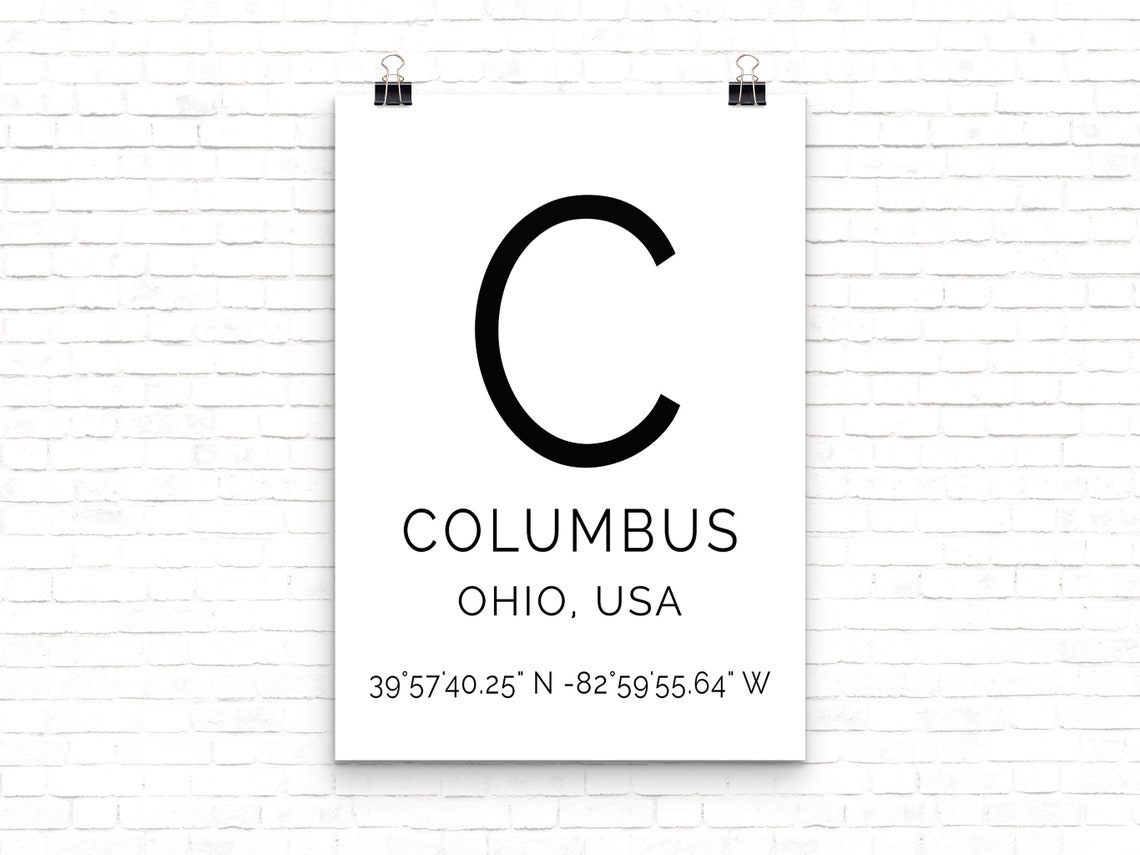
However, if we restrict θ θ to values between 0 0 and 2 π, 2 π, then we can find a unique solution based on the quadrant of the xy-plane in which original point ( x, y, z ) ( x, y, z ) is located. and r 2 = x 2 + y 2 These equations are used to convert from tan θ = y x rectangular coordinates to cylindrical z = z coordinates.Īs when we discussed conversion from rectangular coordinates to polar coordinates in two dimensions, it should be noted that the equation tan θ = y x tan θ = y x has an infinite number of solutions. x = r cos θ These equations are used to convert from y = r sin θ cylindrical coordinates to rectangular z = z coordinates. and r 2 = x 2 + y 2 These equations are used to convert from tan θ = y x rectangular coordinates to cylindrical z = z coordinates. X = r cos θ These equations are used to convert from y = r sin θ cylindrical coordinates to rectangular z = z coordinates. In this way, cylindrical coordinates provide a natural extension of polar coordinates to three dimensions. Starting with polar coordinates, we can follow this same process to create a new three-dimensional coordinate system, called the cylindrical coordinate system. When we expanded the traditional Cartesian coordinate system from two dimensions to three, we simply added a new axis to model the third dimension. Similarly, spherical coordinates are useful for dealing with problems involving spheres, such as finding the volume of domed structures.
/cloudfront-us-east-1.images.arcpublishing.com/gray/QFHOEIYFG5DPHDXWZVPSVAMOPM.jpg)
As the name suggests, cylindrical coordinates are useful for dealing with problems involving cylinders, such as calculating the volume of a round water tank or the amount of oil flowing through a pipe. In this section, we look at two different ways of describing the location of points in space, both of them based on extensions of polar coordinates. This is a familiar problem recall that in two dimensions, polar coordinates often provide a useful alternative system for describing the location of a point in the plane, particularly in cases involving circles.

Some surfaces, however, can be difficult to model with equations based on the Cartesian system. The Cartesian coordinate system provides a straightforward way to describe the location of points in space.


 0 kommentar(er)
0 kommentar(er)
